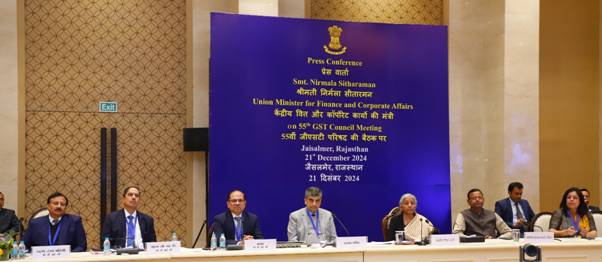The rollout of the Goods and Services Tax (GST) in India is a monumental initiative aimed at streamlining the country’s taxation system. Following the GST constitutional amendment, the successful implementation of the GST Bill will be a collaborative effort among various entities including the Central and State Governments, taxpayers, and the IT platform providers like GSTN (Goods and Services Tax Network), CBEC (Central Board of Excise and Customs), and State Tax Departments.
In addition to these main participants, other key stakeholders include central and state tax authorities, the Reserve Bank of India (RBI), banks, tax professionals (tax return preparers, Chartered Accountants, tax advocates, STPs, etc.), financial services providers, ERP companies, and tax accounting software providers.
Role of GST Suvidha Providers (GSPs)
To facilitate the interaction between taxpayers and the GST system, the concept of GST Suvidha Providers (GSPs) has been introduced. These third-party service providers will develop applications that connect with the GST system via secure APIs, offering a user-friendly interface for taxpayers. GSPs are expected to provide comprehensive services, from entity registration to invoice uploading and return filing.
Key Functions of GSPs
- Taxpayer Services: GSPs will offer various services, including the maintenance of business ledgers (sales and purchase ledgers) and value-added services such as the automatic reconciliation of purchase registers with data from GSTR-2.
- Innovative Solutions: GSPs will cater to the diverse needs of taxpayers, including converting purchase/sales register data into GST-compliant formats and integrating accounting packages/ERP systems with the GST system.
- Sector-Specific Services: GSPs will address industry-specific requirements, ensuring compliance and ease of operations for businesses of all sizes.
Empanelment Process for 5th Batch of GSPs
The 5th Batch of GSPs will be onboarded through a structured process involving several steps:
- Pre-Qualification Criteria: Prospective GSP applicants must meet the stipulated financial stability and technical capability criteria.
- Registration Form: Applicants must complete the registration form available on the GSTN website by July 25, 2024. A registration number will be issued upon submission.
- Submission of Supporting Documents: Applicants must submit physical supporting documents to the GSTN office by July 31, 2024. Late submissions will not be considered.
- PQ Evaluation: GSTN will evaluate the financial documents of the applicants based on pre-qualification criteria. Shortlisted applicants will proceed to the technical evaluation stage.
- Technical Demonstration: Qualified applicants will undergo technical demonstrations, where their capabilities will be assessed by a GSTN panel.
- Declaration of Results: GSTN will publish the results of the selected GSPs on its website after the evaluations are complete.
- Signing of Legal Agreement: Successful applicants will sign a legal agreement with GSTN, after which they will be integrated with the GST system and granted API access to the GST system, e-Way bill system, and the e-invoice system (IRP).
By enabling registration for the new batch of GSPs, the GSTN aims to expand the ecosystem of GST service providers, ensuring a smooth and efficient GST compliance experience for taxpayers across India.
Visit www.cagurujiclasses.com for practical courses












Small business owner Ko kitna GST bharna padta hai Mam